The 5 Best Probiotic Foods You've Never Heard Of
8 minute read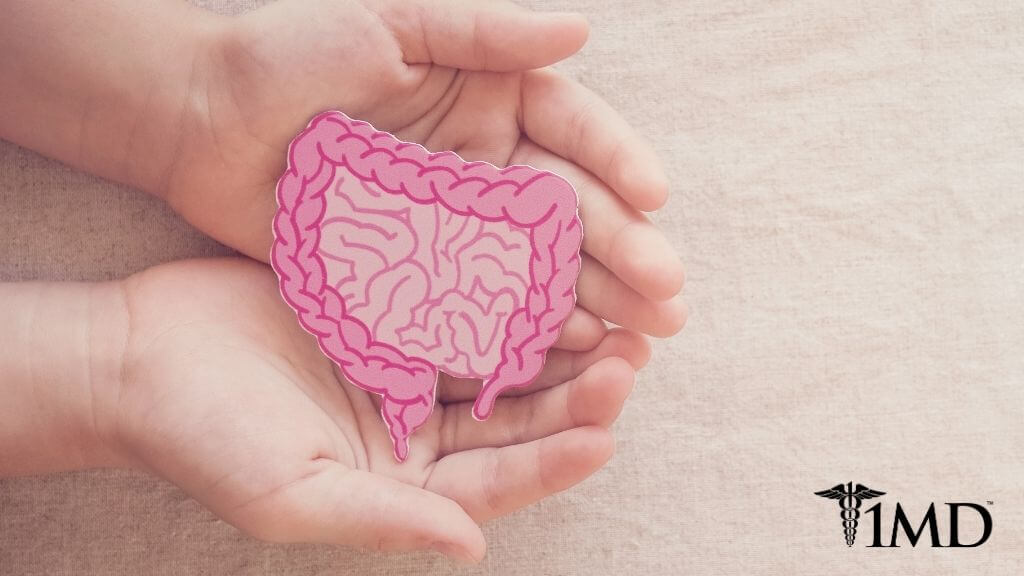
Probiotics might be a modern buzz-worthy word, but probiotic foods have been around for thousands of years all over the world. Even before the science of probiotics was understood, people knew that fermented foods not only add flavor and variety to a diet but are healthy as well.
Take a look at these unique and unusual probiotic foods that you might not know about.
Tapai
If you’ve traveled around Asia and Southeast Asia and happened to dive into the local cuisine, you’ve likely come across tapai, a traditional snack.
Tapai is sweet, tangy, and slightly alcoholic, and is usually eaten as-is, though it’s also used as an ingredient in other dishes and can even be fermented longer to make rice wine.
A starter culture called ragi Tapai that consists of yeast and bacteria is mixed with plain white or glutinous rice (cassava and sweet potato are also used) that has been cooked and cooled, then is covered and left in a warm place to ferment for a few days.
Tapai contains the probiotic Lactobacillus Plantarum, which can help with digestion and give your immune system a boost, but in order to try tapai and reap its health benefits, you’ll probably have to travel to Asia as tapai and ragi tapai are hard to come by in the United States.
Chal
Continuing the discovery of local, traditional probiotic foods, people in Central Asia often drink chal, or shubat, which is fermented camel’s milk.
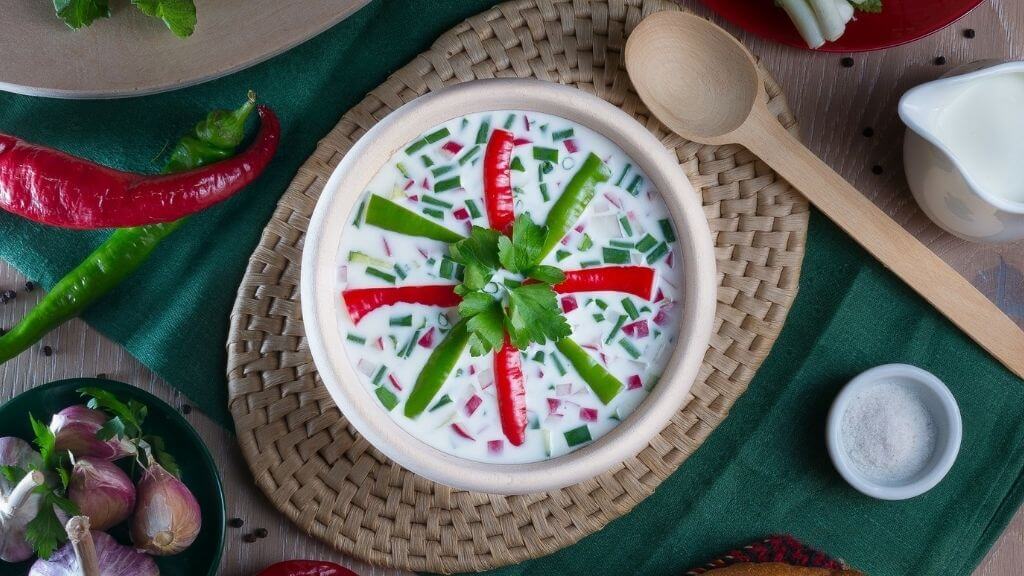
Slightly sour, chal is especially enjoyed during the summer to help beat the heat. It’s simple to make: chal from a previous batch is mixed with fresh camel’s milk, then left to ferment at a warm temperature (around 86℉) for about 8 hours. The new batch of chal is made up of about one third to one-fifth of the previous batch.
One of the bacteria strains used to make chal is Lactobacillus casei, which is known to improve your digestive system in a variety of ways including improving symptoms of IBS, helping your body fight infections, reducing allergies, and improving cholesterol levels.
Chal is another probiotic food that is hard to get outside of its homeland, but this time it’s due simply to the fact that chal is extremely perishable and is best consumed fresh.
Kvass
You may be more familiar with kombucha, but kvass is another probiotic beverage with a long history and health benefits.
| Related: Probiotics Give Your Immune System a Big Boost |
Kvass is also likened to beer, though its alcohol content doesn’t usually get above one percent. Most of the time, kvass is made from rye bread, water, sugar, and yeast and starter, then is fermented to create a tangy, carbonated drink.
While slightly sour if left plain, kvass can be flavored with a variety of different things like strawberries or mint.
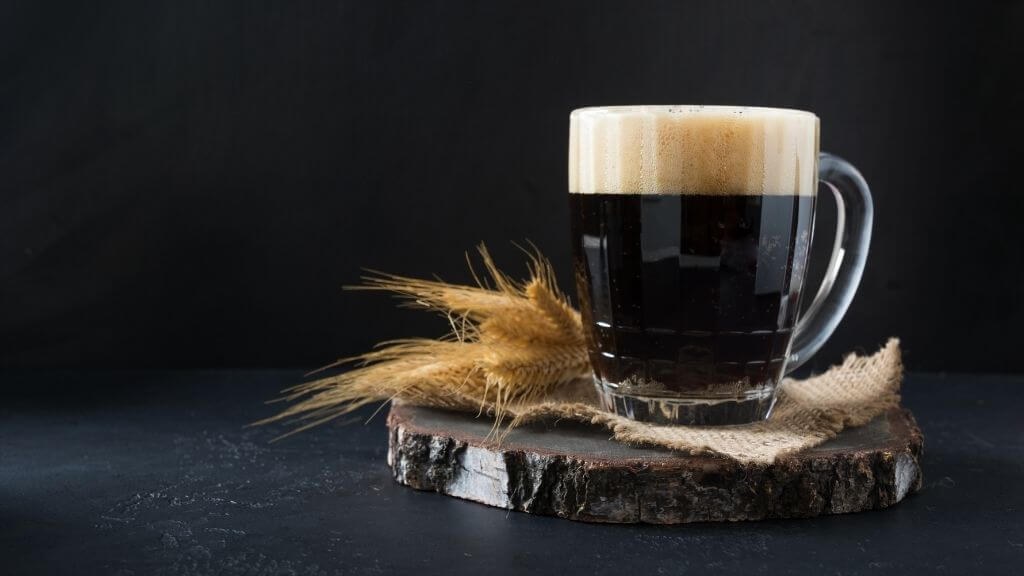
Like chal, kvass contains Lactobacillus casei, which supports your overall health in a variety of ways. It’s an especially good probiotic food for women, as L. casei can help battle vaginosis.
Unfortunately, commercial kvass that you might be able to find in the supermarket isn’t very close to the original thing. The bacteria is killed in the process, and the sugary drink is more like soda than anything else.
Hákarl
Individual countries tend to have at least one traditional food that is considered strange to outsiders, and Iceland is no different. Hákarl is fermented shark meat, and it has a strong smell of ammonia and a very fishy taste. Reactions vary, but on the whole, people who have not grown up with hákarl tend to have an adverse response to it.
Greenland shark, which is poisonous if eaten fresh, is cleaned, buried, and pressed for up to 12 weeks, then the meat is cut into strips and dried in a process that can take months. It’s then cut into small cubes and is often eaten with a shot of schnapps.
Along with its unique flavor and aroma, hákarl contains Lactobacillus strains of bacteria, which benefit your health in a variety of ways, including being good for your immune system, digestive system, allergies, and cholesterol.
Hákarl is another probiotic food that is hard to find, though in this case, it is likely because of its being the very definition of an acquired taste.
Lahpet
Typically you think of tea as a hot morning beverage or a refreshing cold drink, but in Burma (also called Myanmar), tea leaves are often eaten. Lahpet is an important traditional Burmese food that can be eaten at regular mealtimes and is always present on special occasions.
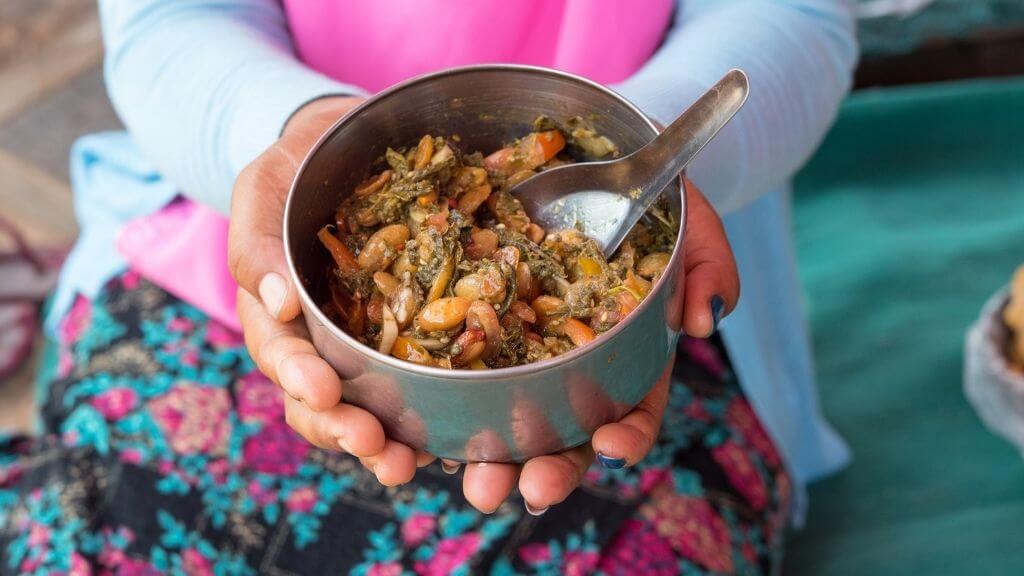
To make lahpet, tea leaves are steamed, pressed, and fermented for varying amounts of time depending on who is making it. The resulting pickled tea leaves are bittersweet and pungent and are often served with sesame oil and a variety of toppings including fried garlic, ginger, and coconut.
The fermentation process happens because of naturally occurring lactic acid bacteria, which is a blanket term for many strains of bacteria including Lactobacillus. These health benefits are typical of probiotic strains such as fighting off infection, easing allergy symptoms, and improving digestion.
Burma is one of the few countries that eat tea leaves, and it isn’t common to find it elsewhere.
Probiotics: Why You Need Them
The term probiotics refers to the “good” bacteria and yeast that lives on and in our bodies. You might be familiar with the fact that probiotic bacteria live in your gut, but they’re also found all over, including your mouth, nasal cavities, and armpits.
They play a variety of roles in improving your overall health and can give your digestive system and immune system a boost, keep your heart healthy, and even help you lose weight.
Probiotic strains that come from the genus Lactobacillus can also aid in the digestion of lactose and milk products. Foods containing Lactobacillus are especially good probiotic foods for men who are having digestive issues when consuming whey or casein protein.
Your diet and everyday life may be throwing your probiotic flora off, so it’s important to consume probiotics in order to restore and maintain a healthy balance of good bacteria.
An Easy Alternative to Probiotic Foods
Different probiotic strains benefit you in different ways, and the easiest way to get a variety of them is to take a probiotic supplement.
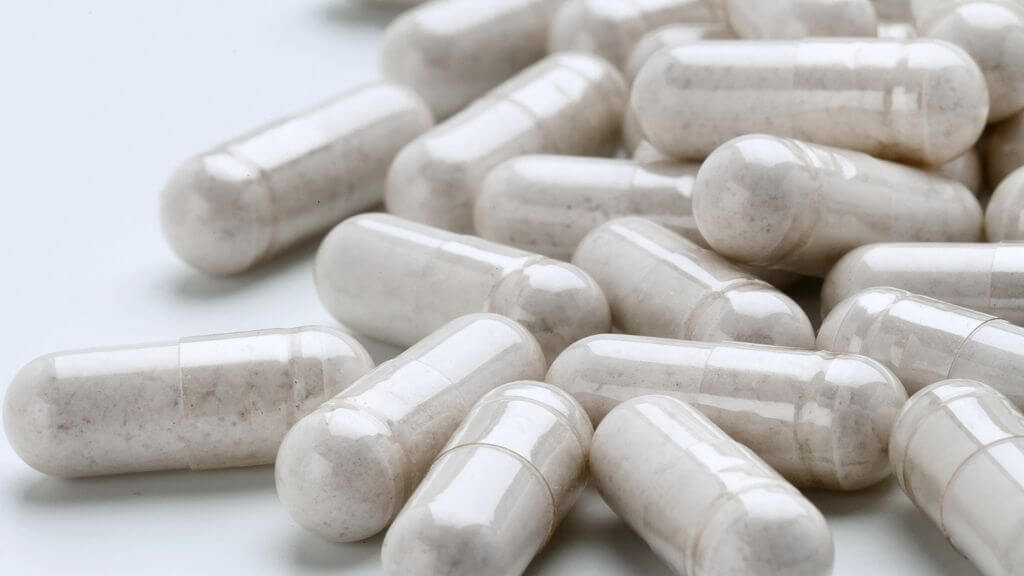
There are a few things to consider when choosing a probiotic supplement. You want to make sure that it contains live cultures, otherwise, they won’t do you any good, and it’s best to include prebiotics, which are foods like fiber that feed the bacteria.
The delivery method is also important, as the bacteria can be killed by a trip through your stomach acid. A capsule is an excellent way to ensure that the probiotics will arrive happy and healthy in your gut.
The Bottom Line
Probiotic foods are many and varied, have several health benefits, and are considered safe for most people. Unusual probiotic foods can be found all over the world and are unique to their environment and culture.
The easiest way to get probiotics and to make sure that they reach your gut safely is through a well-designed high-quality supplement like BiomeMD™.












